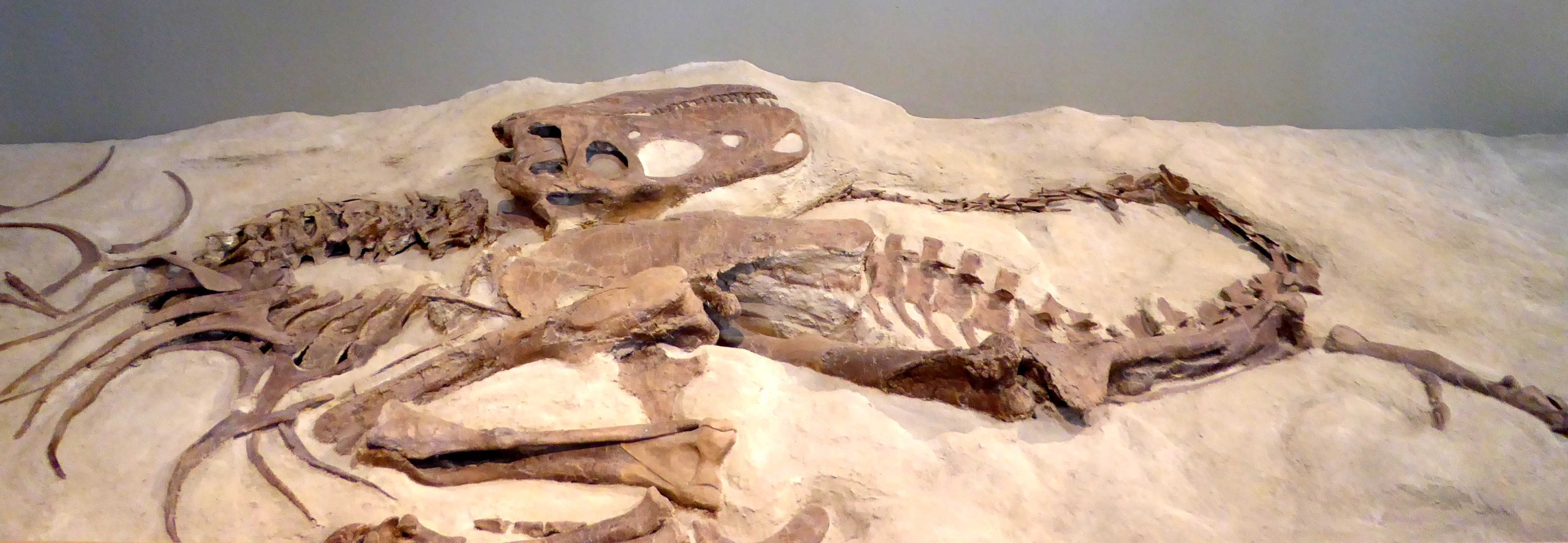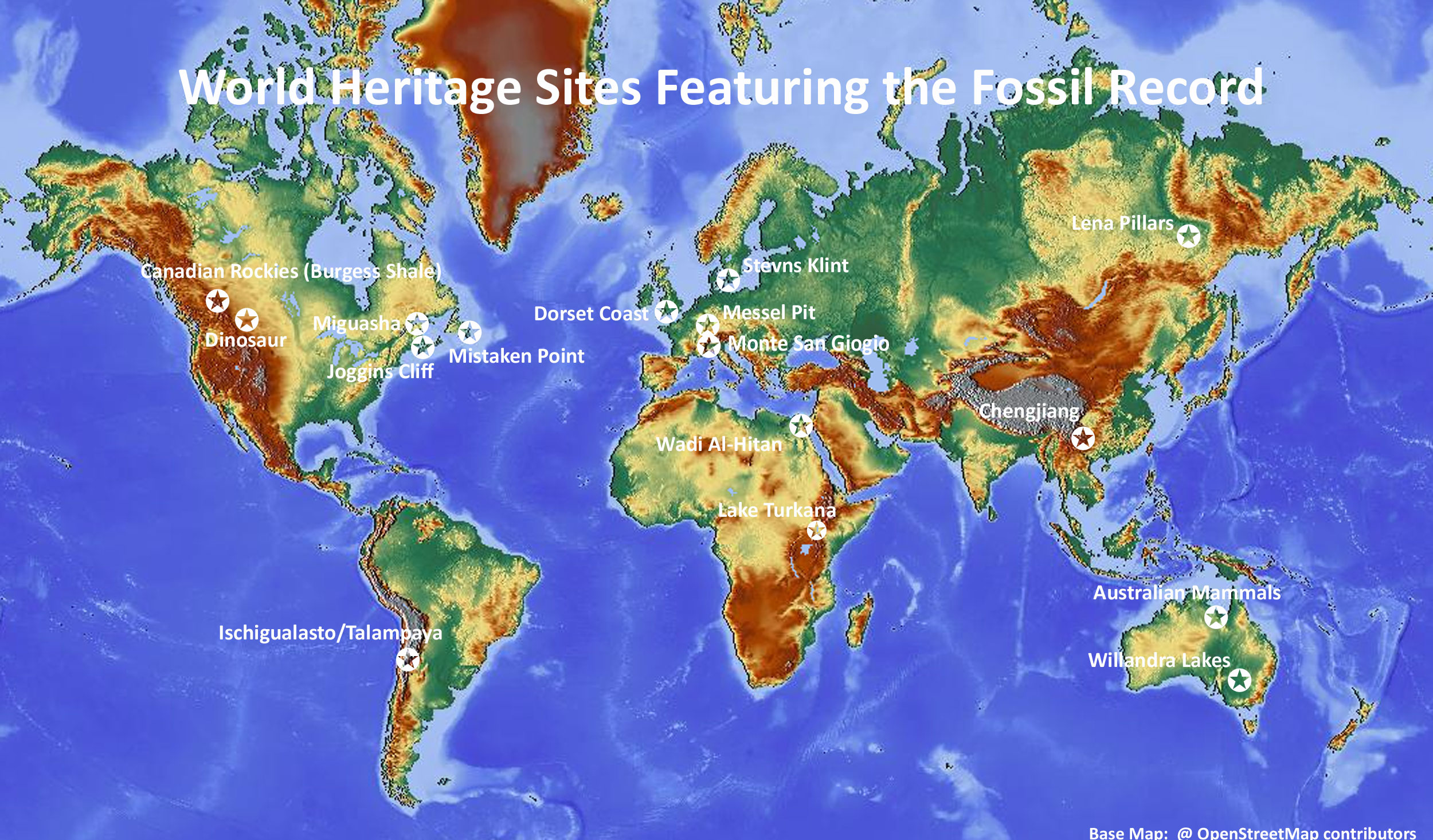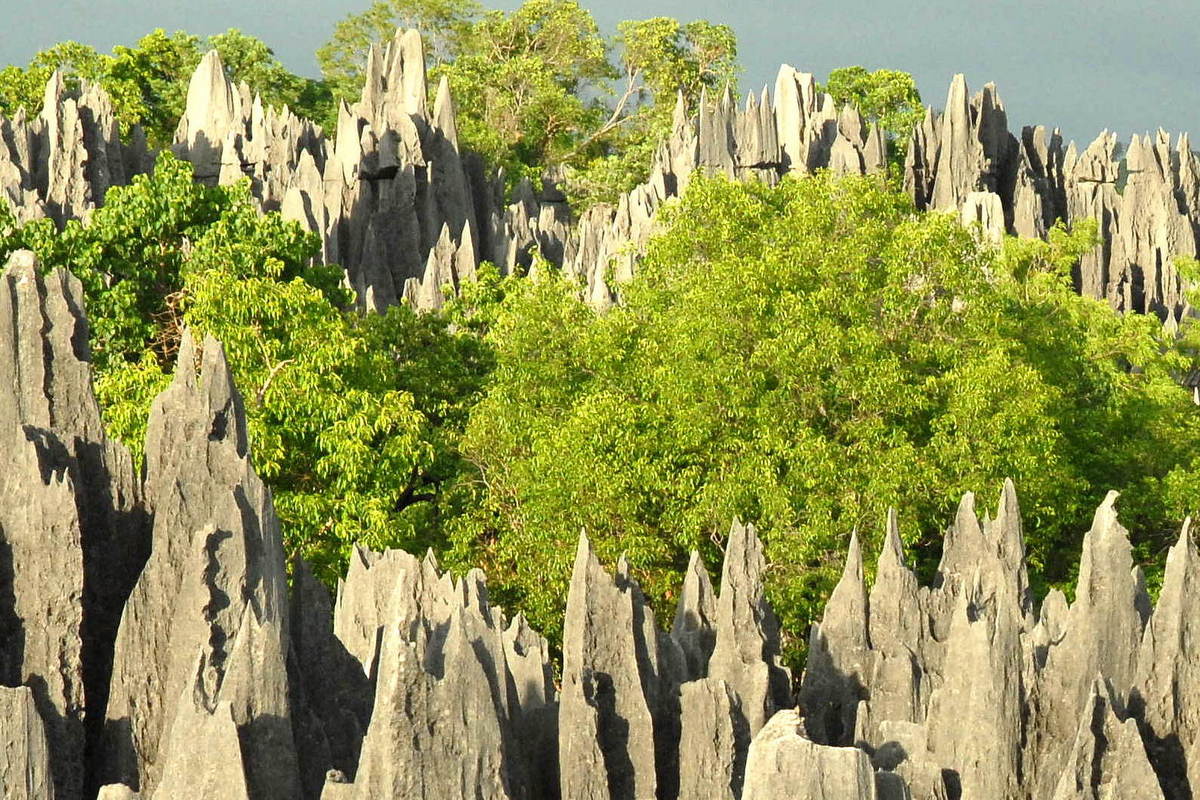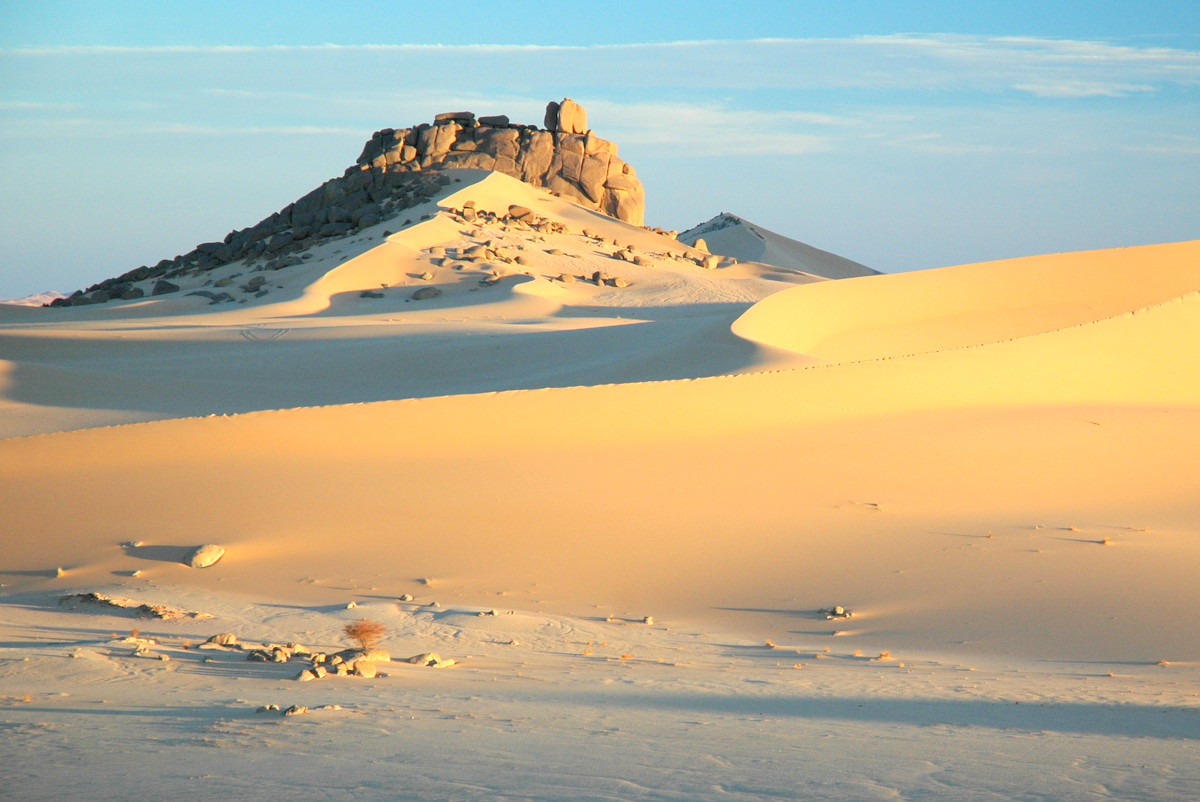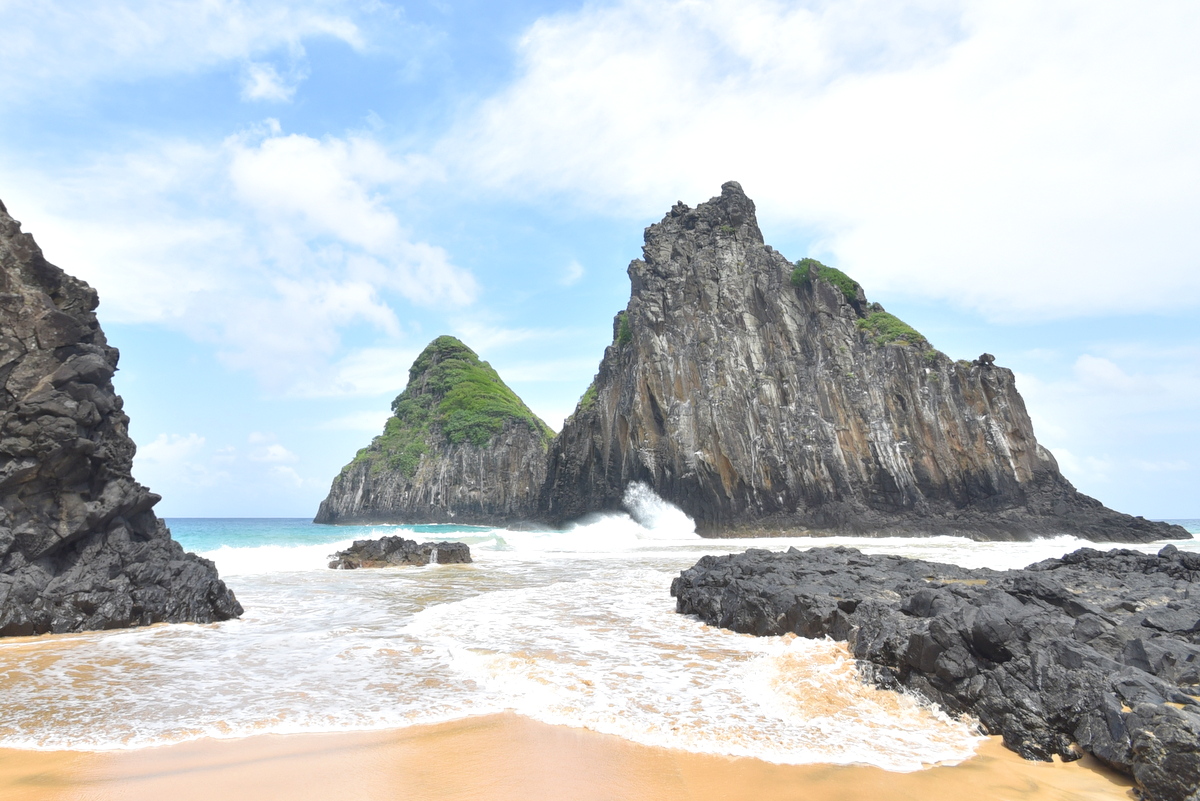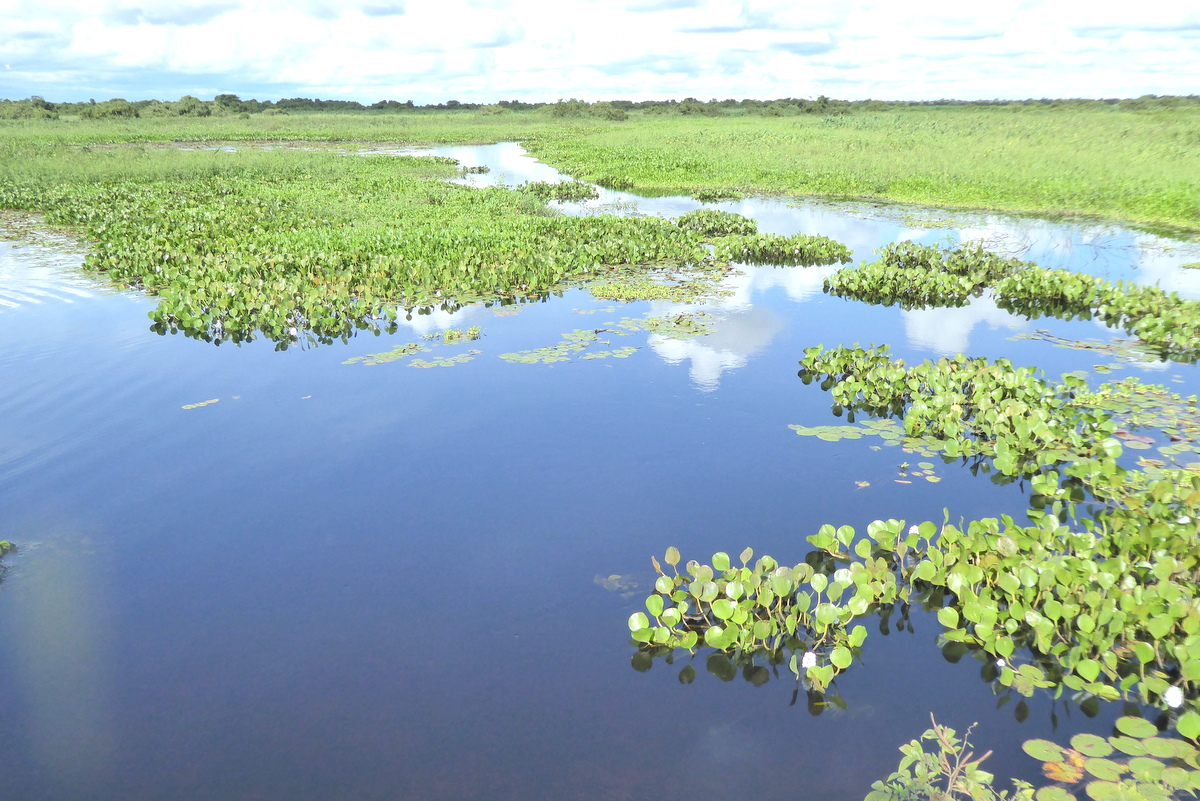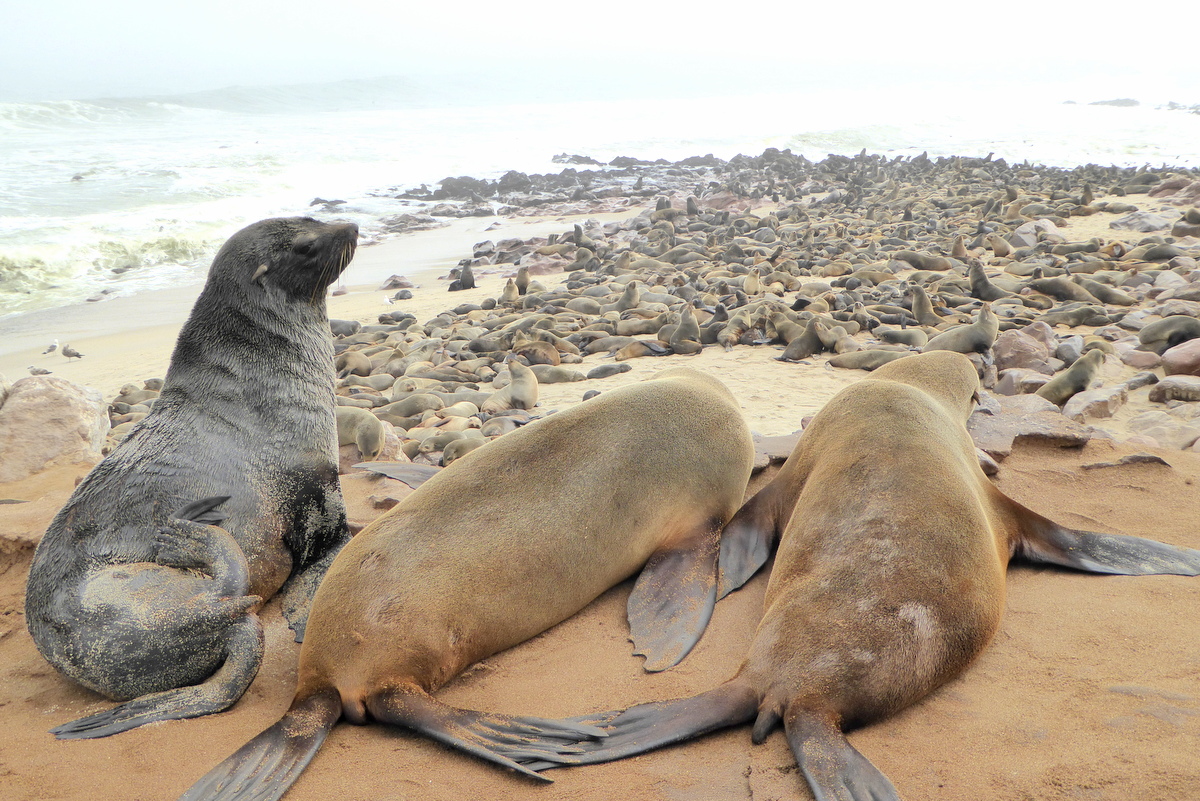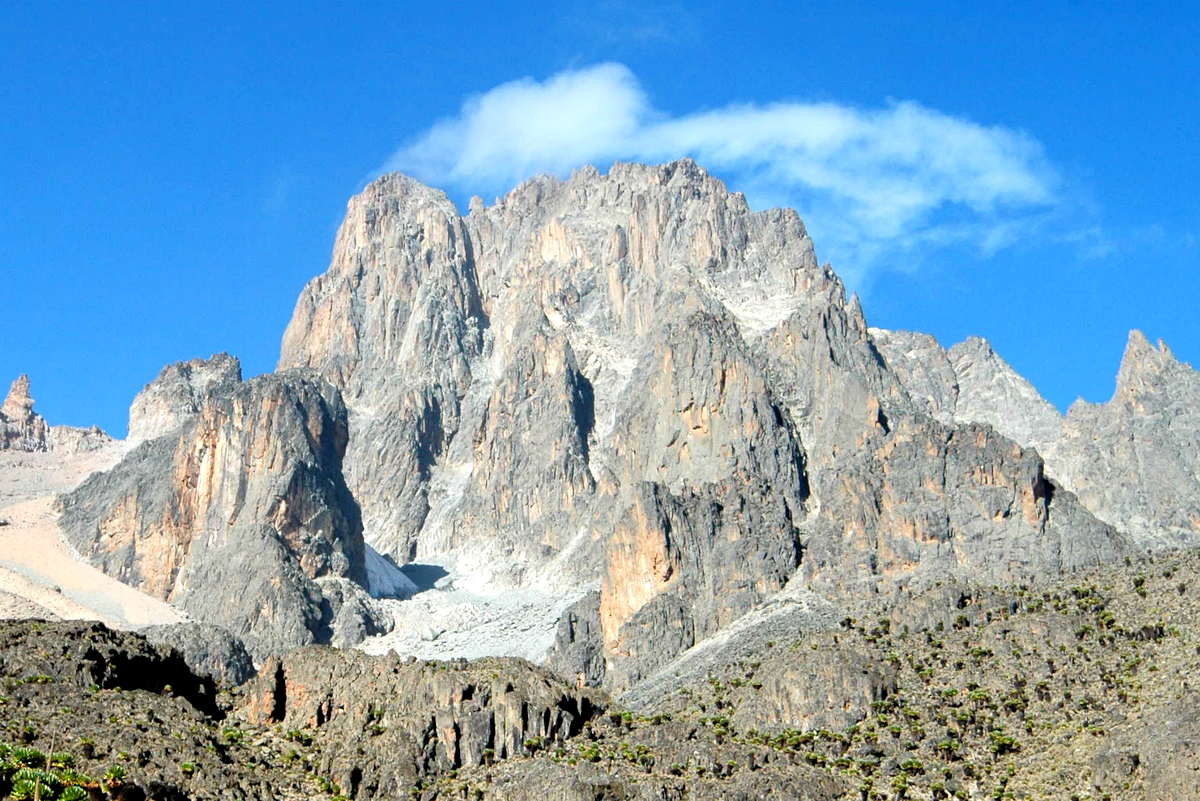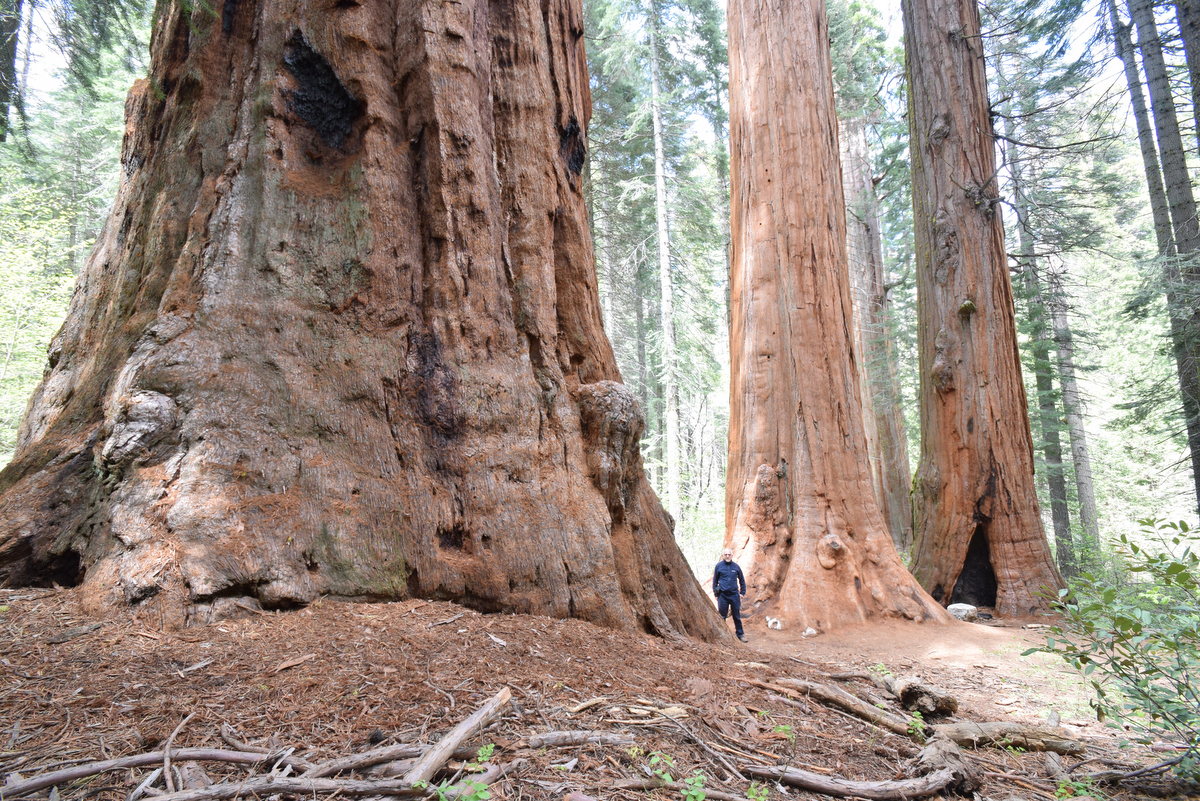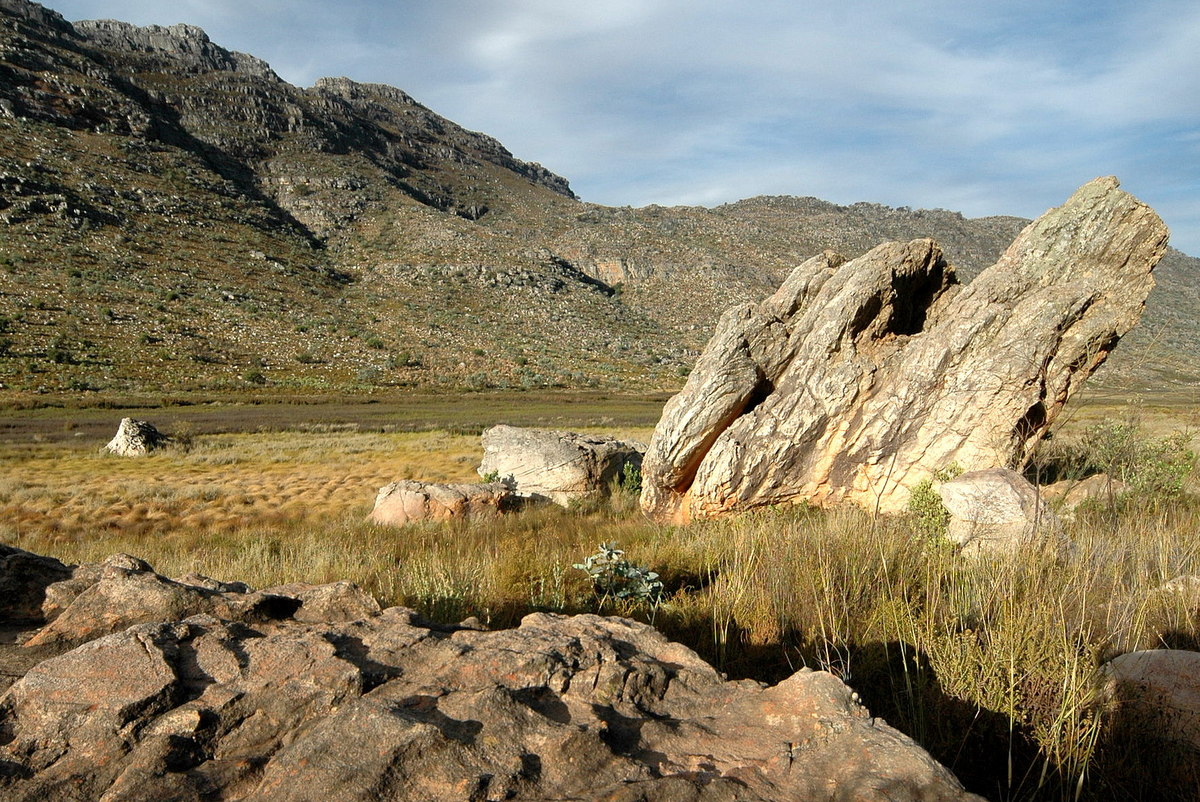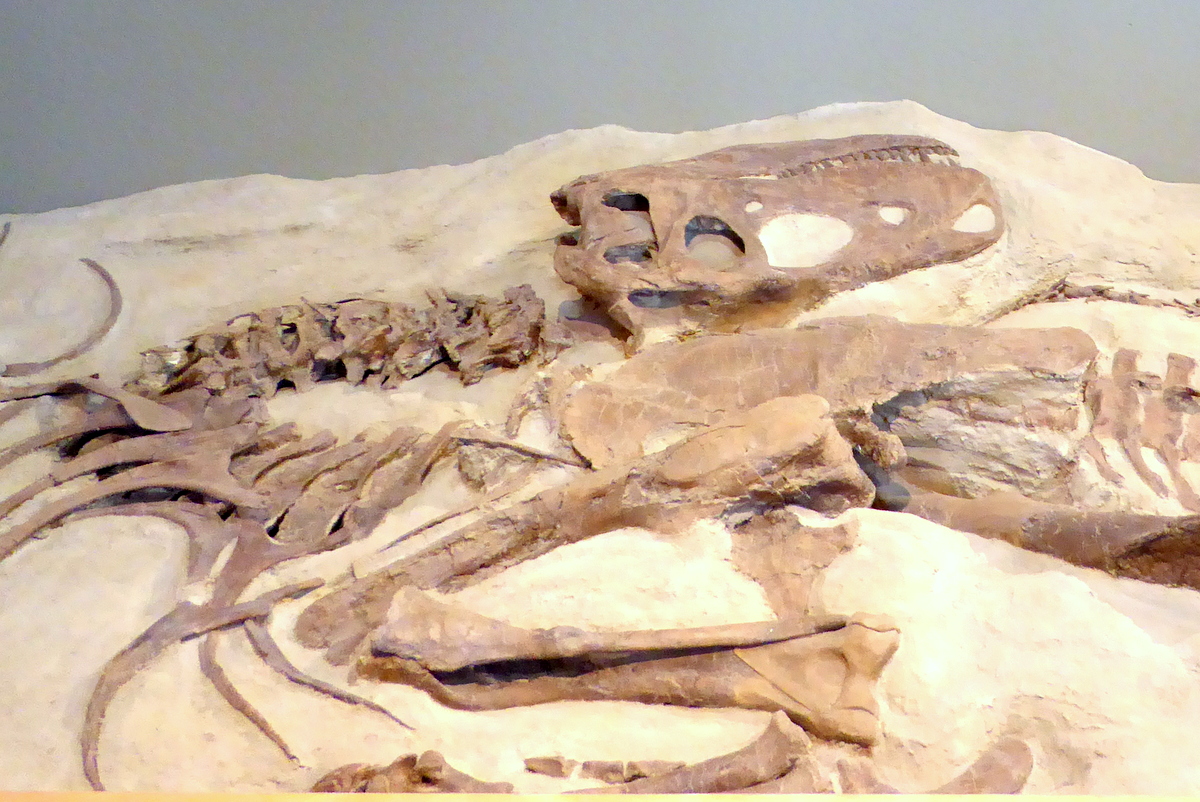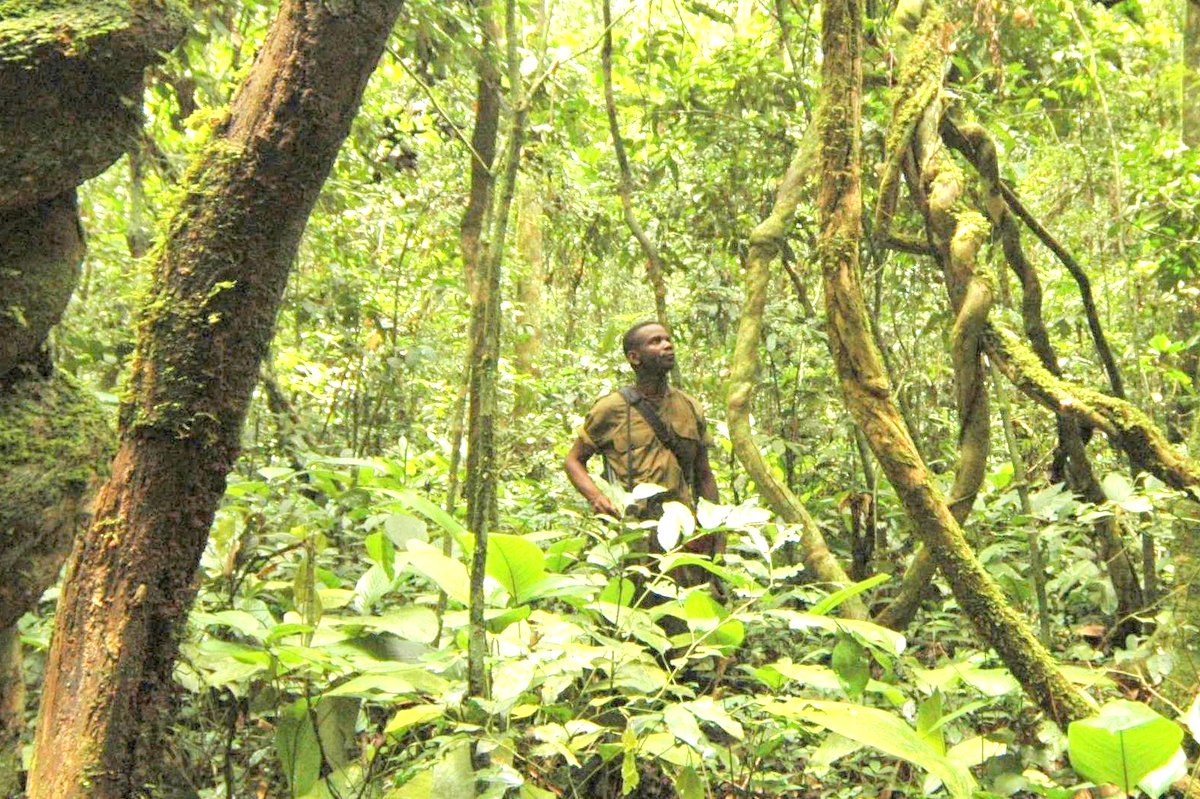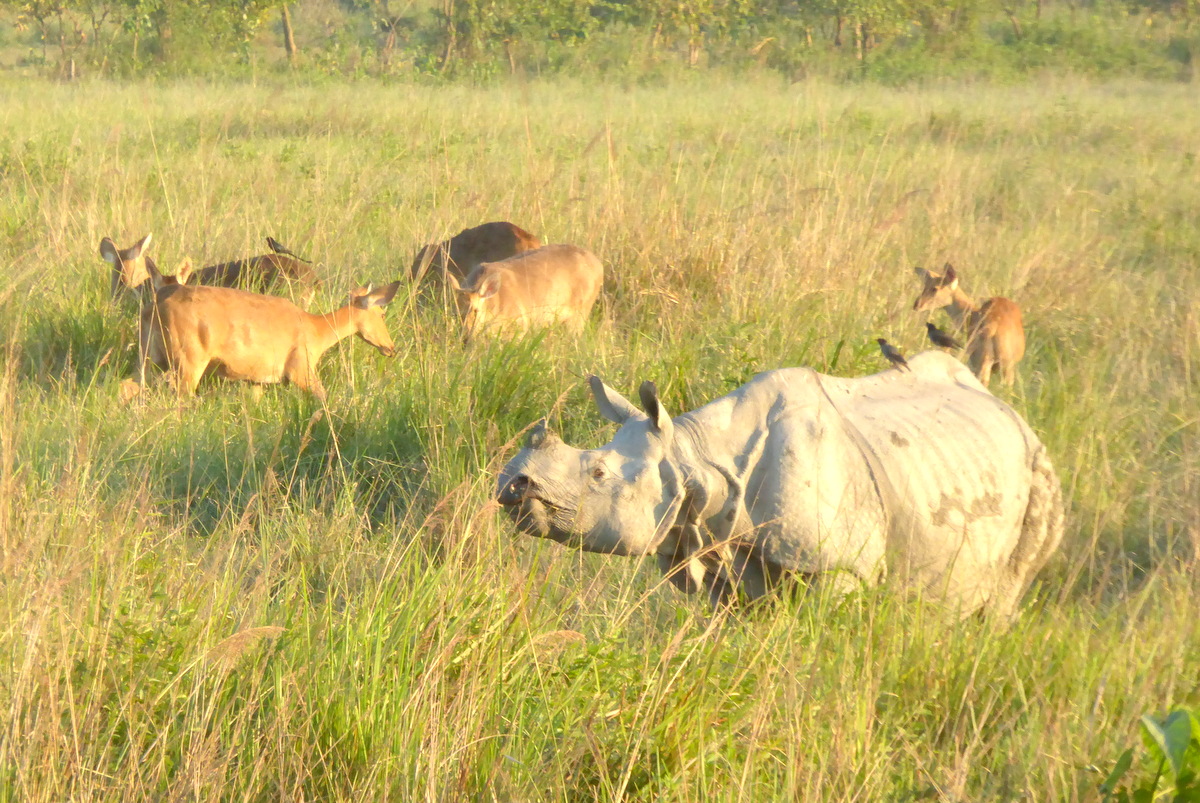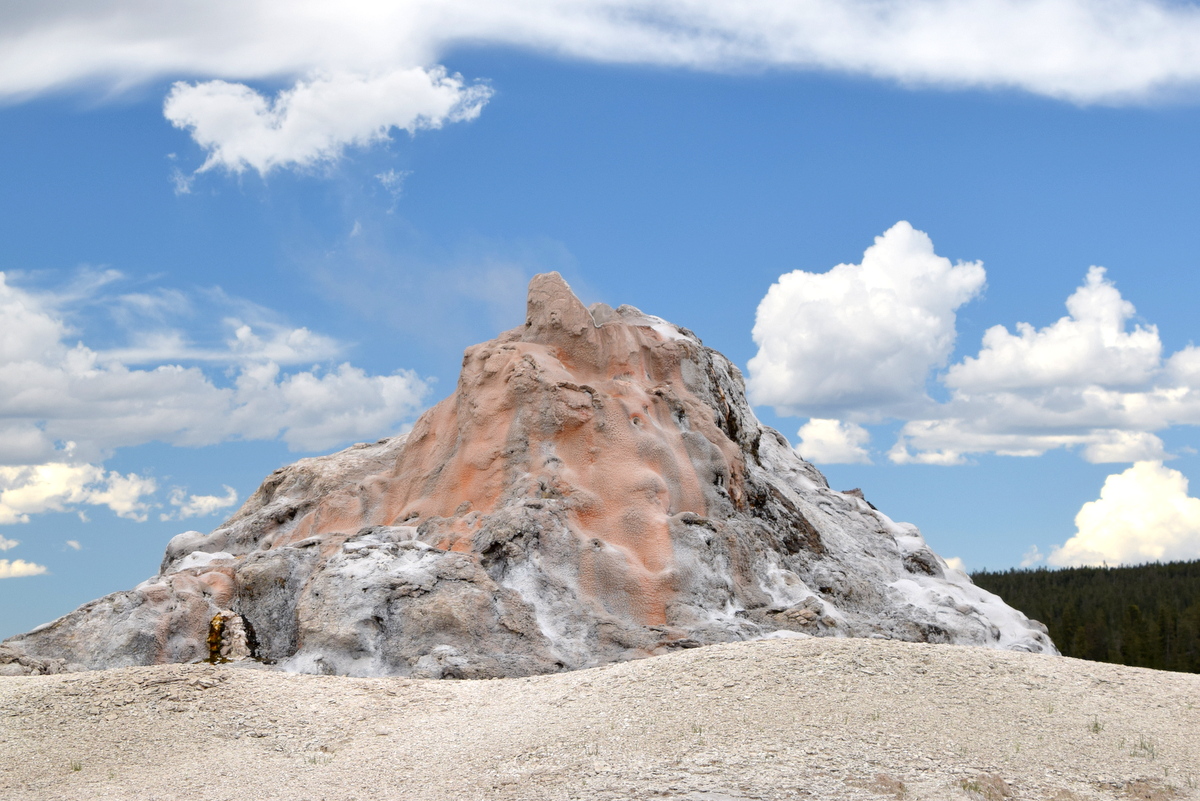The World Heritage Convention’s criterion (viii) provides for sites that represent major stages of Earth’s history, including the record of life. Sixteen fossil record sites that satisfy this criterion are covered here, representing most of the major stages in the development of complex organisms on Earth, starting about 580 million years ago. Palaeontologists (people who study fossils) recognise three main Eras over this period, each divided into distinct Periods, often separated from each other by major known ‘extinction events’.
The five earliest Periods fall within the Palaeozoic Era and cover the ancient period from about 580 to 250 million years ago. The first of these Periods is known as the Cambrian (570-500m yrs B.P.), when complex life first evolved in the sea. The fossil record from the so-called ‘Cambrian Explosion’ is well represented by four world heritage sites, including ‘the oldest known assemblage of large fossils’ at Canada’s Mistaken Point, and the famous Burgess Shale site high in Canada’s Rocky Mountains (where marine sediments were raised during later mountain building processes). Russia’s ‘Lena Pillars’ and China’s ‘Chengjiang Fossil Site’ also feature outstanding fossils from this Period (all of which, it should be noted, are only ‘large’ in comparison with what preceded and mostly just a few centimetres across). There are no world heritage sites inscribed specifically in relation to the next two Periods (the Ordivician, 500-415 m yrs B.P., and Silurian, 415-396 m yrs B.P.), but the Devonian ‘Age of Fishes’ (395-345 m yrs B.P.) is represented by another Canadian fossil record site (Miguasha), as is the following Carboniferous Period (345-280 m yrs B.P.) when life begins to emerge onto land (Joggins Cliffs). The last period of the Palaeozoic Era, known as the Permian (280-250 m yrs ago) (which is not represented on the world heritage list) ended about 251 million years ago with the largest mass extinction ever known, during which 90% of marine species and 70% of terrestrial life died out.
The Mesozoic Era that followed is divided into three Periods – the Triassic (250-200 m yrs B.P.), Jurassic (200-140 m yrs B.P.) and Cretaceous (140-65 m yrs B.P.). Remarkably, the entire Era is represented on the world heritage list by a single fossil record site – the UK’s Dorset and East Devon Coast. The earliest of these periods (the Triassic) was characteristically dry, with the large shallow lakes filling desert depressions on the ancient continents. The marine life which existed at that time is well preserved at Monte San Giorgio (in the Italian/Swiss Alps) and fine examples of mammalian, dinosaur and plant ancestors from terrestrial environments are found in the fossil record at Argentina’s Ischigualasto and Talampaya parks. Fossils of the Jurassic Period are especially well represented at the UK site, while the Cretaceous Period – the ‘Age of Dinosaurs’ – is best represented by Canada’s Dinosaur Park. The end of the Cretaceous was sudden and dramatic, brought about by the impact of a huge meteorite (near Mexico’s Yucatan peninsula) which filled the skies with ash and led to the extinction of about two thirds of all species, including all the dinosaurs. The evidence for this event (a layer of ash in the rock strata, known as the K/T boundary) is recorded at hundreds of sites, best represented by Denmark’s Stevns Klint world heritage site.
Following the extinction of the dinosaurs, mammals and birds diversified during the next (Cenozoic) Era starting 65 million years ago. Germany’s Messel Fossil Pit showcases the evolution of mammals during the earlier part of the Cenozoic (from 57 to 36 million years B.P.) while the iconic story of the development of whales as marine creatures from their land-based ancestors is vividly illustrated by the remarkable collection of fossils at Wadi Al-Hitan in Egypt. The Australian Fossil Mammal Site of Riversleigh covers a slightly later period (from 30 to 10 million years B.P.). Several African sites, including Kenya’s Lake Turkana, record diverse reptilian and mammalian faunas (including early hominids) from more recent times (starting about 4 million years ago), while Australia’s Naracoorte Fossil Mammal Site is even more recent, covering part of the Quaternary period from about 530,000 years ago to the present.
‘To learn more about these spectacular places featuring the earth’s fossil record click on the links of sites in the table, or the photo tiles below. Note that some site pages are still under development so the links for these places are not yet active.’
Sites in this category
| COUNTRY | SITE |
| Argentina | Ischigualasto / Talampaya Natural Parks |
| Australia | Australian Fossil Mammal Sites (Riversleigh / Naracoorte) |
| Australia | Willandra Lakes Region (M) |
| Canada | Dinosaur Provincial Park |
| Canada | Joggins Fossil Cliffs |
| Canada | Miguasha National Park |
| Canada | Mistaken Point |
| China | Chengjiang Fossil Site |
| Denmark | Stevns Klint |
| Egypt | Wadi Al-Hitan (Whale Valley) |
| Germany | Messel Pit Fossil Site |
| Italy & Switzerland | Monte San Giorgio |
| Kenya | Lake Turkana National Parks |
| Russian Federation | Lena Pillars Nature Park |
| United Kingdom | Dorset and East Devon Coast |

